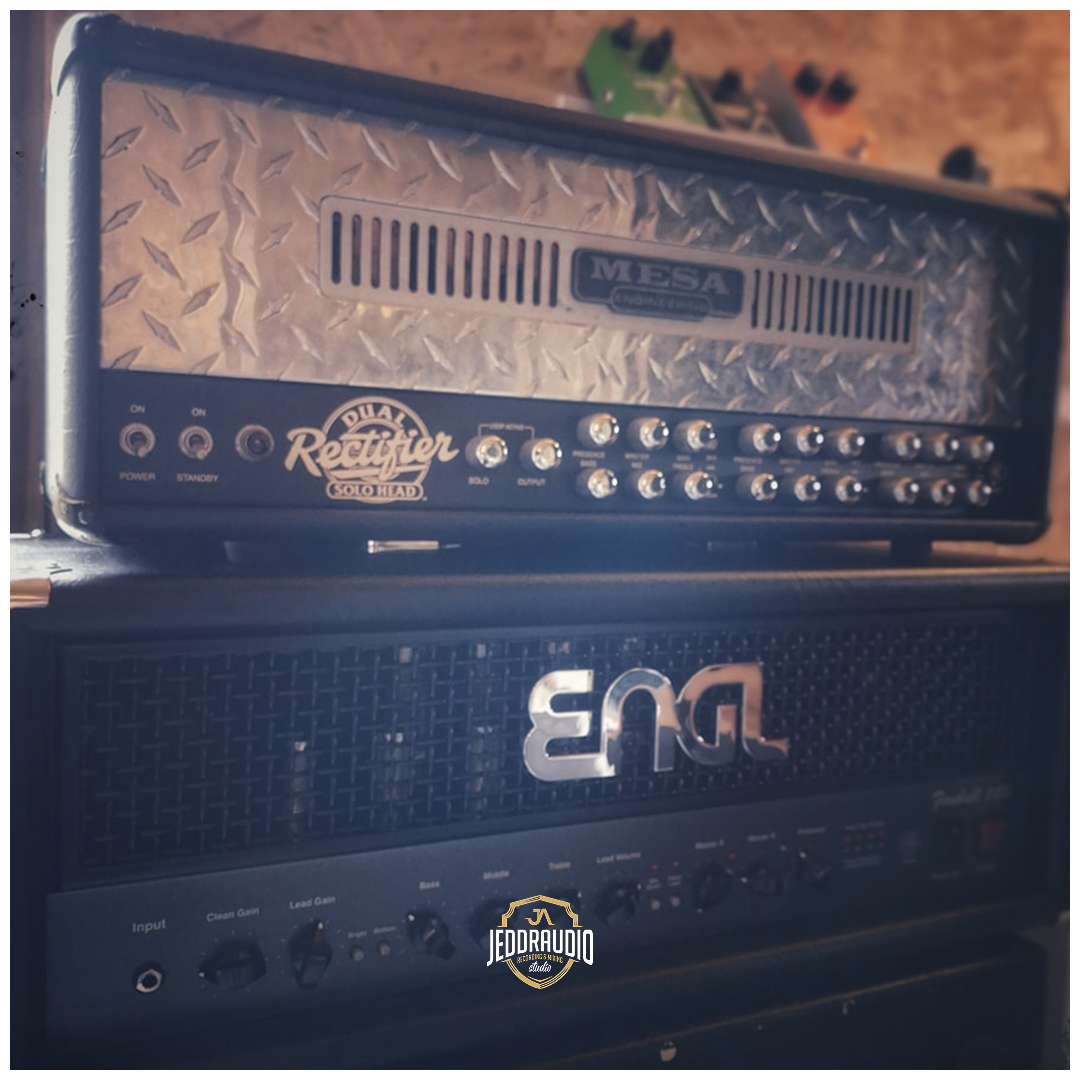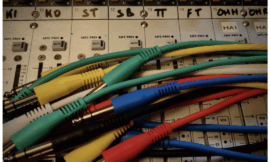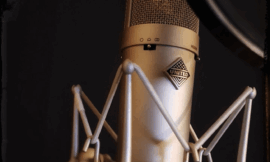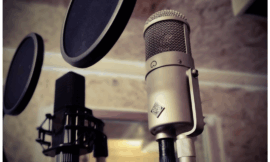Welcome back to our series on home recording for musicians. In this post, we’ll provide you with tips and techniques for recording guitar at home, keeping things simple and effective. The goal is to achieve a quality recording that can be professionally mixed at Jeddraudio Recording Studio.
Best Practices for Guitar Recording at Home
DI Recording
Recording your guitar directly into your audio interface is a simple and effective method for capturing a clean and uncolored sound.
- Use a DI Box: If your audio interface doesn’t have a dedicated DI input, use a direct injection (DI) box to connect your guitar to the interface. This helps to match impedance and reduce noise.
- High-Quality Cables: Use high-quality instrument cables to ensure a clean and noise-free signal.
- Check Levels: Set the input level on your audio interface to ensure a strong and clean signal without clipping.
Microphone Placement
If you prefer the sound of your guitar amplifier, you can record it using a microphone.
- Microphone Selection: Use a dynamic microphone, such as a Shure SM57, for recording your guitar amp. Dynamic microphones are durable and can handle the high sound pressure levels produced by guitar amplifiers.
- Microphone Placement: Position the microphone close to the speaker cone, slightly off-center. Experiment with different positions to find the tone that works best for your sound.
- Room Acoustics: Consider the acoustics of the room and use blankets or foam panels to minimize reflections and control the sound.
Double-Tracking
Double-tracking is a technique where you record two takes of the same part and pan them left and right in the stereo field. This can create a wider and more immersive sound.
- Record Two Takes: Capture two separate takes of the same guitar part, ensuring that they are as identical as possible in terms of performance and tone.
- Pan the Takes: In your digital audio workstation (DAW), pan one take to the left and the other take to the right. This creates a stereo image and widens the sound of the guitar.
- Blend the Takes: Adjust the levels of the two takes to achieve a balanced and cohesive sound. You can also experiment with different panning positions to find the stereo width that works best for your mix.
Conclusion
Recording guitar at home can be a simple and rewarding process. By using direct input recording, capturing the sound of your guitar amplifier with a microphone, or double-tracking your guitar parts, you can achieve a great sound that is ready for professional mixing. Keep things simple, focus on your performance, and follow these best practices to create high-quality guitar tracks at home.
Stay tuned for the next post in our series, where we’ll explore home vocal recording and achieving professional results.





